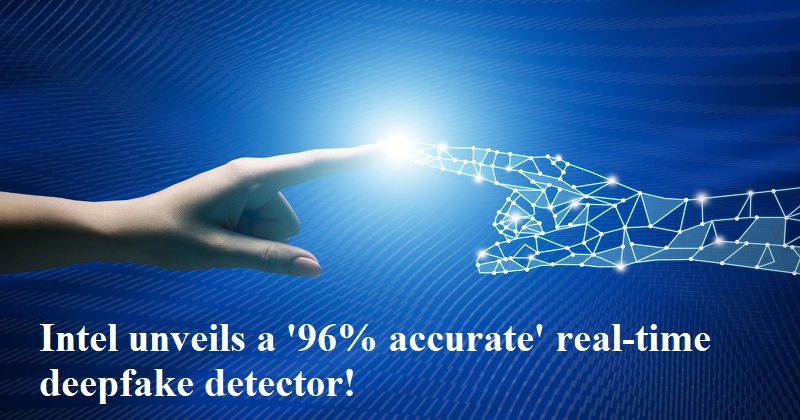
The first real-time deepfake detector in the world, according to Intel, has been released and is able to identify fake clips 96% of the time. The California-based chip manufacturer has created an AI tool called FakeCatcher that analyses blood flow in video pixels using cutting-edge photoplethysmography to identify deepfake videos.
Using technology from Intel, researchers Ilke Demir from Intel and Umur Ciftci from the State University of New York at Binghamton created the AI tool. Deepfake videos are widespread today. You have undoubtedly previously heard recordings of famous people acting or saying things they have never actually done, according to Intel Labs senior staff researcher Ilke Demir in a news release from Intel. FakeCatcher searches for what is authentic in a video as opposed to standard detectors, which look for what is false. An online platform is used to interface with the AI, which is run on a server.
FakeCatcher analyses the delicate ‘blood flow’ that distinguishes human beings from other animals in a video in order to find real-world hints in genuine footage. ‘Our veins change colour as our hearts pump blood through them. These blood flow data are gathered from various parts of the face, and algorithms turn them into spatiotemporal maps. After that, we can instantaneously determine if a video is authentic or fraudulent using deep learning’, according to a statement from Intel.
Deepfakes!
An artificial intelligence system called deepfake, a combination of the words deep learning and fake, is used to produce convincing pictures, audio, and video hoaxes. Since they might be used to spread false information, commit financial fraud, and create pornographic content, deepfakes have acquired relevance.

Post Your Comments